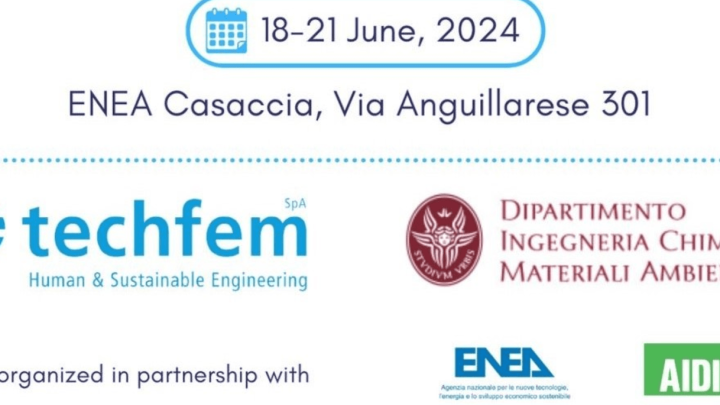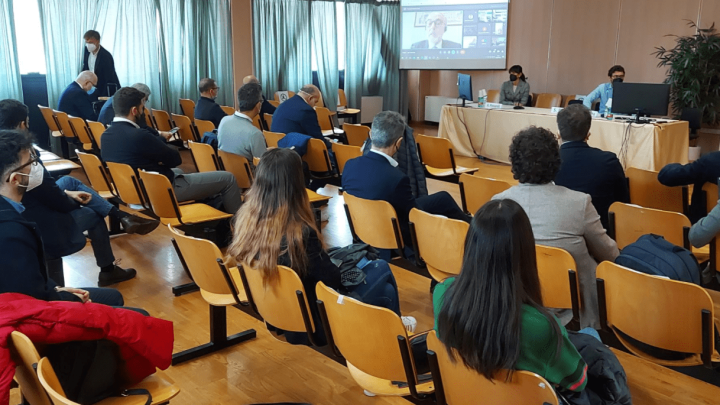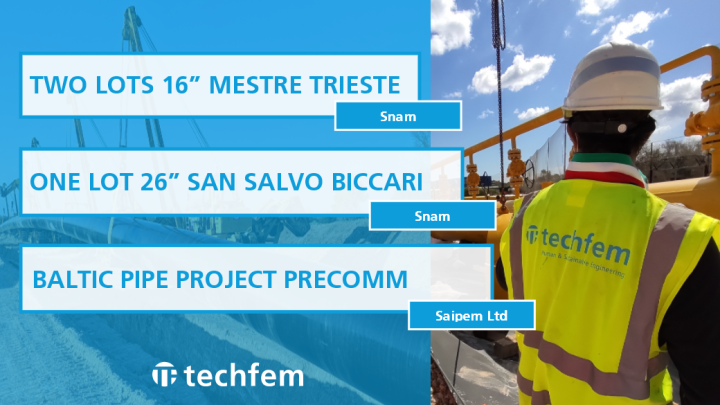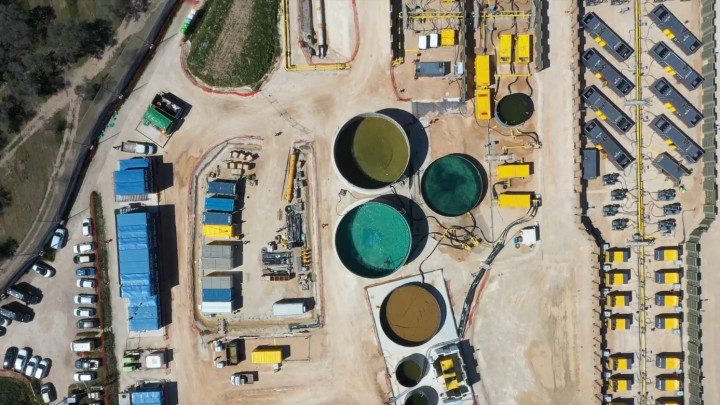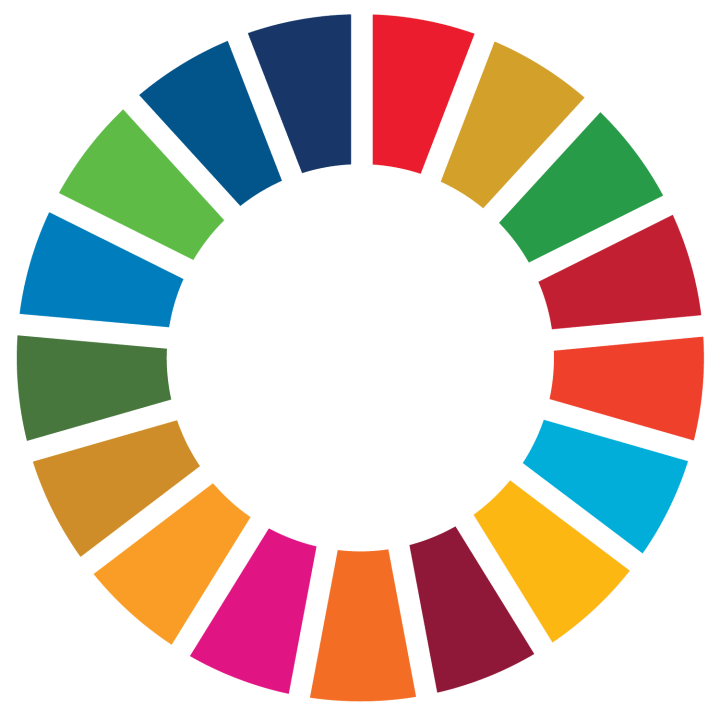Geophysical survey on the Offshore microtunnel route in Delimara Peninsula (Malta)
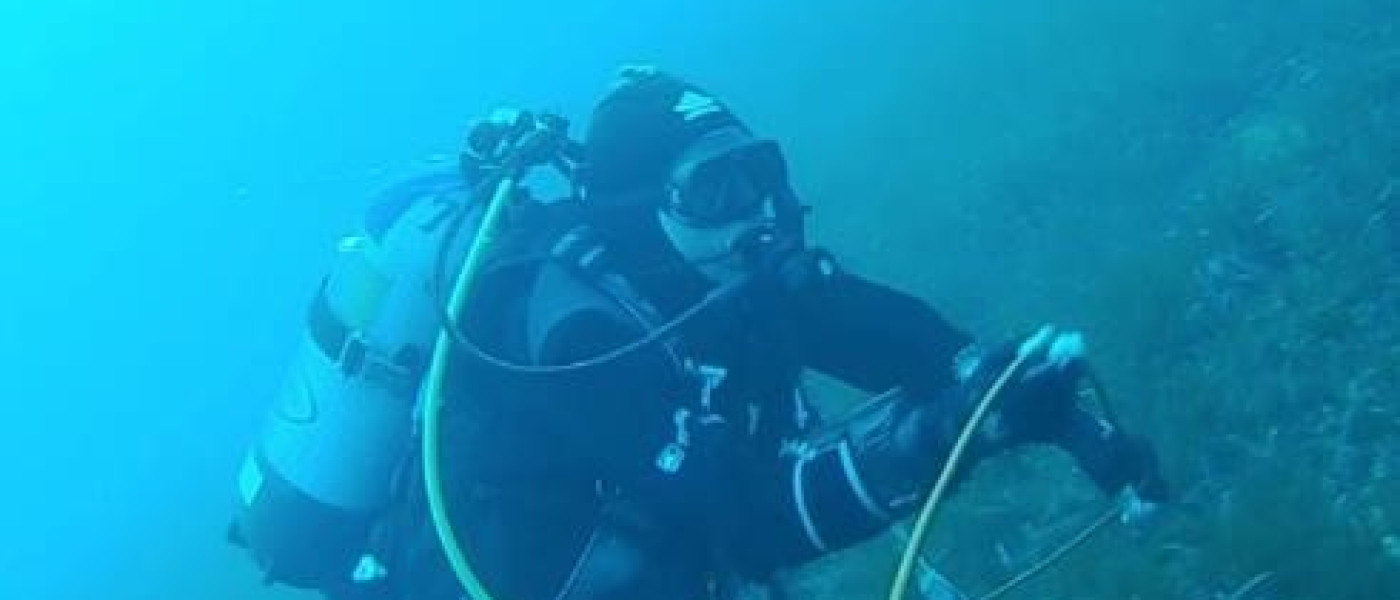
This paper reports the main result of the geophysical survey performed in the Delimara peninsula (Malta) along the offshore route of the microtunnel realized for the shore approach of the 22” Melita Transgas Pipeline.
The main goals of the survey were to assess the seafloor integrity and the possible deteriorations that might arise from the bedrock collapse during the nearshore microtunnelling, and then to identify and avoid cavities during the work.
The preliminary geognostic investigations carried out on this segment through several boreholes highlighted the presence of fractured limestone and possible cavities. A following tomographic analysis (Electrical Resistivity Tomography) allowed the detailed reconstruction of the lithostratigraphic and geomechanics characteristic of the entire corridor.
The geoelectric prospect also allowed to verify and evaluate the risk of intercepting cavities along the corridor during the drilling phase.
The installation of seven multielectrode lines were performed: one of them was longitudinal to the microtunnel pathway, two parallel and the rest transversal to it.
Six of them were installed on the seabed, with the help of divers, to better mitigate the effects of the marine depth. The post-processing of the data, optimized through the precise knowledge of the electrode positions and the resistivity values of the seawater, led to the definition of a two-dimensional and a three-dimensional predicting model, able to work up to 50 m depth from the seabed.
Such models link the values of the resistivity measured and the lithologies of the seabed (known from the stratigraphic logs) to its stratigraphy, allowing to exclude the presence of cavities along the pathway analysed and, thus, to distinguish the karst lithologies (limestone and marly limestone) from the non-karst ones (marls and clays).
This paper was presented at the 15th OMC Med Energy Conference and Exhibition in Ravenna, Italy, September 28-30, 2021. It was selected for presentation by OMC 2021 Programme Committee following review of information contained in the abstract submitted by the author(s). The Paper as presented at OMC 2021 has not been reviewed by the Programme Committee.
- 21.04.2022
- |
- 16.37

